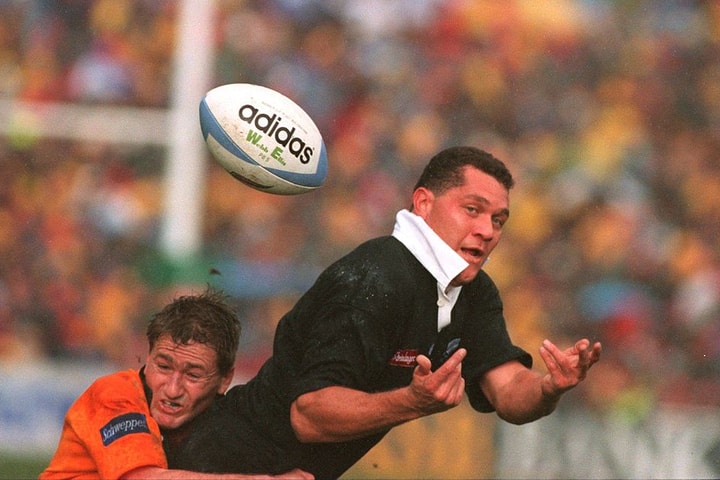'In 45 years of watching international rugby, no game has matched the power, passion and emotion at Croke Park.' - Jim Stokes (BBC)
On the afternoon of 21st November 1920, Dublin and Tipperary were scheduled to play a Gaelic Athletic Association (GAA) football match at Croke Park in Dublin. The game was expected to begin at 2.45 but crowd congestion delayed the throw-in until 3.15. Five minutes into the match a flare was shot from a circling aeroplane foreshadowing the arrival of armed British forces into the ground.
In the chaotic minutes that followed, 14 people, including men, women and children were shot and killed. An estimated 60-100 people were injured. The incident came to be known as Bloody Sunday and is now understood as an event within the Irish War of Independence, that would culminate in the establishment of Irish Free State in July 1922.
The findings of two subsequent British enquiries were not made public until 2000. In the meantime, generations of Irish schoolchildren were educated about the tragic events of Bloody Sunday and its role in the creation of their country. Croke Park, long central to the Irish identity as the home of the GAA, named the Michael Hogan Stand in memory of one of their players who had lost his life in Dublin colours that afternoon.







